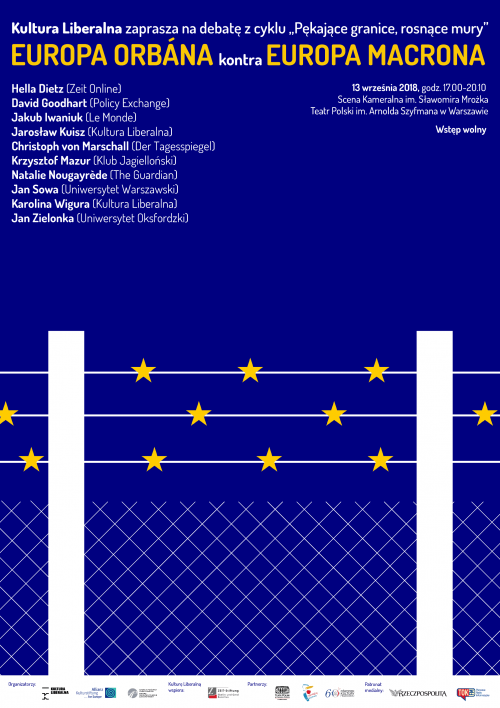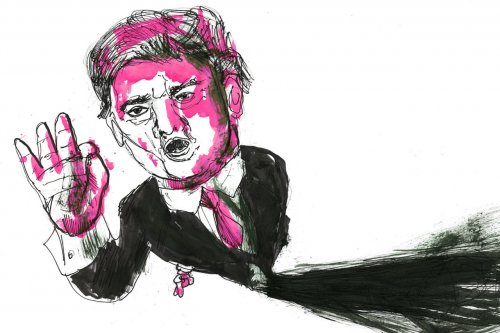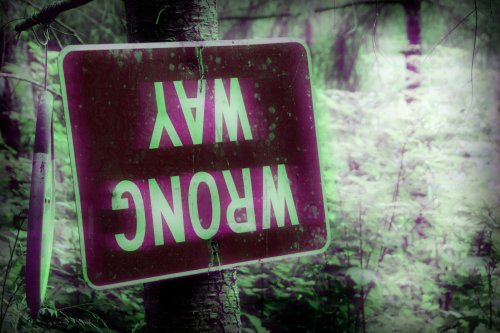The tale of The Hobbit and the myth of the Lord of the Rings
 My expectations were very simple indeed: I wanted precisely to experience a fable, a fairy tale – with all its childish naivety and marvel and the wonderment it brings. With witchcraft and magic at your fingertips. With the powerful current of images of journeys, adventures and battles that abruptly sweeps you off your feet. It is in search of this feeling that I intentionally chose to watch the movie in 3D – so that I experience everything with my senses, leaving behind the voice of reason and the sobriety of criticism. And letting go of the somehow silly illusions held by those who represent today’s mass culture, who are so terrified of indulging in the juvenile world of fantasy, and who insist on clinging to all that represents common sense.
My expectations were very simple indeed: I wanted precisely to experience a fable, a fairy tale – with all its childish naivety and marvel and the wonderment it brings. With witchcraft and magic at your fingertips. With the powerful current of images of journeys, adventures and battles that abruptly sweeps you off your feet. It is in search of this feeling that I intentionally chose to watch the movie in 3D – so that I experience everything with my senses, leaving behind the voice of reason and the sobriety of criticism. And letting go of the somehow silly illusions held by those who represent today’s mass culture, who are so terrified of indulging in the juvenile world of fantasy, and who insist on clinging to all that represents common sense.
Contrary to Lord of the Rings, Tolkien’s story of the journey and transformation of Bilbo Baggins does not lead through the depths that characterize a myth and does not wander into a terrifying darkness from which you cannot leave other than with a scar for life, marked with knowledge of passing and death. As it is usually the case in a fable, the protagonist does undergo a – very brutal at times – process of initiation, but in the end everything turns out fine, and the heroic journey comes full circle, finishing right at the starting point, in the idyllic place of origin. It is not until the Fellowship of the Ring epopee that we realize that the bliss is only possible for so long. But this, of course, is a whole different story – and a whole new response to today’s demand for sacrum and to the longing for the poetic language of a myth – one which does not belong to an ‘introductory’ story that The Hobbit is for the whole saga.
Breuglelian dwarfs
So far I have been talking mainly of the images that we see in The Hobbit movie; images in which I find traces of enchantment similar to those that I used to find once upon a time whilst reading such fables, like the Russian The Little Humpbacked Horse (Konyok-Gorbunok). But the sensuality of Peter Jackson’s movie has multiple meanings and dimensions and is not limited to visual image. Aside from the marvelous pageant of images, his narrative also of the perfectly integrated soundtrack – which, at the same time, tells an amazing story of its own.
The great Canadian Howard Leslie Shore, the composer behind this soundtrack, who has also worked on movies like The Silence of the Lambs, Lord of the Rings, Seven, Aviator, Infiltration or Gangs of New York – to name a few – is not, of course, a mere illustrator (as is never the case). Throughout the movie he continues to entrance us with ever more musical storylines: from merry convivial songs, through a wistful ballad, to ominous sounds that make you shudder. Shore’s music reaches an almost ecstatic climax – just as the image does – right at the beginning of The Hobbit in the scenes of the dwarf invasion of Bilbo Baggins’s pantry followed by the memorable jugglery with his precious family dinner set. Suddenly you feel as if the merry dancing peasants from the paintings of Peter Breughel had climbed out of their frames and made their way into the motion picture, dancing amidst the carnival festivities, the untamable rebellion of bellies, underbellies and throats against the bourgeois estate – sneering at the holy order of their high culture. If I speak of it so much and so emphatically, it is because it is one of the best, if not the best, scene in the movie.
This, naturally, is but one of the many sequences that I particularly liked. And one which does not obscure the wonderful scenes of nature that unravel later on and remain until the very last moments of the movie – nature that winds its

way through the winding road, the one that began “down fr om the door” and “goes ever on and on.” And it doesn’t matter that Peter Jackson, as some critics point out, stretches the story beyond all measure and multiplies the details, playing with the little things and putting constantly yet another visual piece on our plate, one which has not necessarily been prepared in with much refinement.
The miracle of adventure, the charm of a fable
At least it doesn’t matter to me – and I expect to all those who, like me, were brought up almost exclusively on the art of spoken word, art of storytelling, conversation and reading. I am therefore under the impression (and this is why I enjoyed the movie so much) that Jackson’s movie fulfills today a role that child’s imagination used to play in times when the culture of spoken word dominated storytelling. The dreamy, irrational and magical imagination. The imagination that went into motion the moment you were ready to fall asleep after reading a fairy tale or after listening to some unbelievable, incredible, not always happy, fable. If I am so praiseful of Peter Jackson’s movie, I do it because he managed better than anyone else (well, at least there aren’t too many of those who did) to find, inside the Babel Tower of today’s mass culture, the visual language to show to us this old but not yet forgotten fairy tale.
Movie:
The Hobbit, dir. Peter Jackson, prod. USA, New Zealand 2009–2013




